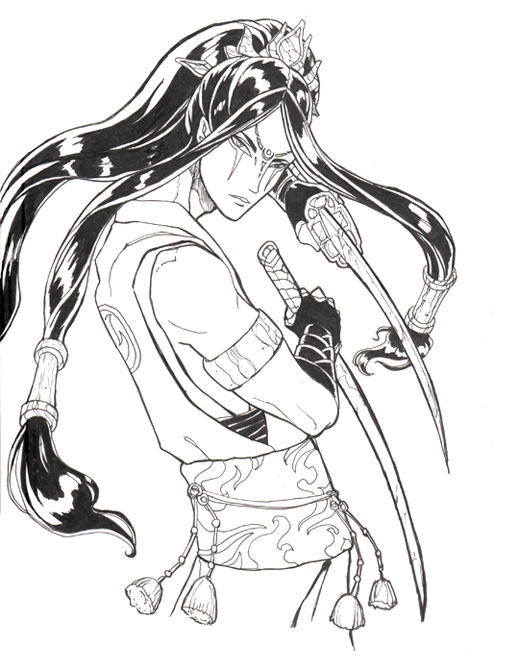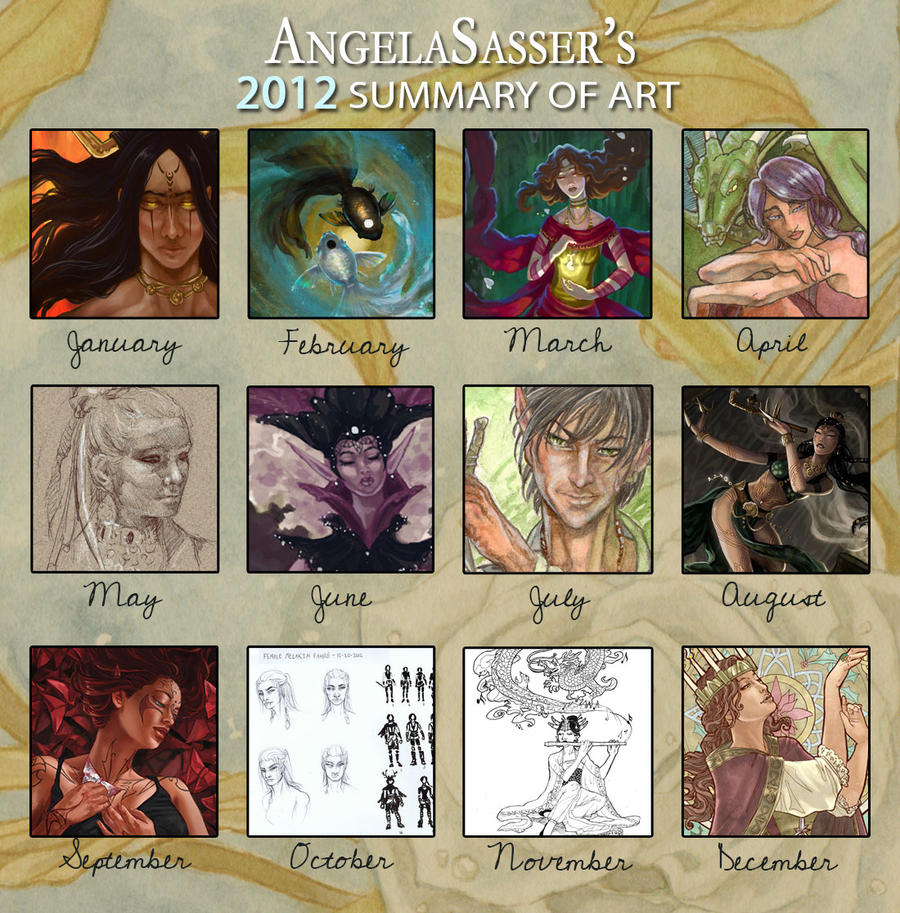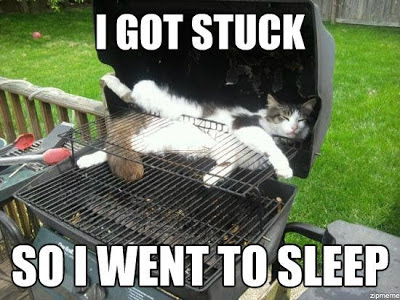It’s been a minute here since I’ve really sat down to post in this journal since I moved into my new digs (other than the short jaunt through the studio). I’ve been slowly, but surely settling into the new space and entering a brand new phase of my life and art. A whole new balancing act has begun and the time was needed to sit back and consider this without spreading my energies too thin across the net. I’ve fizzled out of conventions this year for the same reason. I needed time to sit back and gaze upon my work with a long lens without the obsessive selling haze of conventions and have decided I’d rather be concentrating on producing new and improved work, instead.
Another big change for me is the fact that I am living with a wonderful, loving partner who has willingly agreed to take on the bulk of our financial burden so that I can concentrate solely on my art career. It’s a definite switch from my previous situation, which involved barely combating my student debt with part-time work, leathercrafting, and getting by with what little commissions, royalties, and art sales I could make. Eventually I wanted to learn how to buy a house after I got some money and started my life up. Seriously I was trying to invest as much as I could and looking into investing some more with my boyfriend at the time. Some might find this surprising, but even though I’ve been doing this for a few years, I still consider myself more towards the beginning than the end of this endless journey to becoming a professional artist (or, to define this term more accurately ‘professional artist’ being an artist who makes the majority of their living off of their art).
The prestigious and encouraging Echo Chernik, whom I met at DragonCon last year, gave me the advice that it takes at least 10 years to establish yourself as an artist. By that measure, I am only 4 years into this and only ‘middle-aged’ in my career! If so, the last couple of years were my ‘mid-life crisis’. I’ve been struggling, mentally and physically, with this career path and if it really was worth the heartache it caused me with my debt, neck/shoulder issues, and the feelings of failure that come with not being where I wanted to be. Your words really hit home for me Echo! I had to stop holding myself to the standard that I was a ‘failure’ at being an artist because I haven’t reached my predefined level of success in a mere 3 years.
I’m sure some people are wondering “Well you have someone supporting you now. What are you worried about? Kick back and relax!” As a proud, independent, and highly stubborn woman, it’s hard for me to admit that I have to rely on anyone else to help carry me in any sort of fashion at all. A whole slew of guilt can result from this arrangement with one’s partner, including, but not limited to:
– You comparing yourself to your partner’s profession (and therefore measuring which one is more important or worthwhile)
– You feeling guilty that they’re murdering themselves at work while you have ‘the easy route’ because you enjoy your job. (Thankfully, my spouse very much enjoys his work, which makes this worry easier to handle!)
– And finally the kicker for any modern woman, the fear that you’re reverting to old stereotypes where you are the content wifey who stays at home and cooks the meals and does her cute little art thing on the side (aka. art is not a serious job that will make any sort of serious money and therefore, again, not considered a serious persuit).
But if there’s anything that I’ve learned about art, life, and love, it is a balancing act. Before my boyfriend and I could come to this decision as partners, I had to examine my direction first, ask myself the tough questions. Is pursuing art as a career worth the struggles we’ll have along the way? Can it really equal any sort of serious money, in the long term?
In the end, my answer was ‘yes’. If talking to other professionals who have ‘made it’ has taught me anything, it is that an art career can be both fulfilling and lucrative, but it hardly ever just falls in your lap! One of the most important revelations I’ve had in the past year or so is that I needed to seriously sit and consider What am I passionate about painting and where does it line up with paying industries? A lot of people fall short doing this (to which I highly recommend every single one of you read Jon’s portfolio-building series over at The ArtOrder RIGHT THIS MINUTE). Then, you are in danger of stumbling into the trap of Oh I’ll just draw pretty things and someone will find me.
This is dangerous trap because it often leads to disappointment and I will tell you right now it can equal a lot of wasted years of meandering boredom with what you’re doing or opening up your portfolio one day and realizing you don’t have a single consistent example of the Cool Stuff you want to actually draw and get paid for. (This has recently happened to me. A client asked me for samples of a book cover and I had only…two viable examples. Ugh!)
I am realizing that every job and every opportunity that will come in my career is a victory not just for myself, but my partner as well. He believes in what I’m doing and knows that it is not a fancy or a phase, despite the fact many people around us are prone to think of it as such. Most of all, he respects it as a job which requires the same amount of dedication, if not more, as driving somewhere and working for a paycheck. These factors of understanding and respect were essential for us to agree upon before we could ever settle with our current arrangement. I share these feelings here as a matter of posterity for those who might be dealing with the same conundrum of a work-at-home partner and any of the guilt that might be involved. It takes balance and respect without judgement of yourself or your partner from either side. It takes clear communication of what you both expect to achieve together. Most of all, I know that if this wasn’t our arrangement, I would still be pursuing the same goal. My path being made easier isn’t an excuse or a reason for success. You gotta want it first, else you risk not just your own success, but a loved one’s as well!
For now, I’m quietly phasing out the distractions from my career goals and working towards building my portfolio as a book cover illustrator (which branches out into all sorts of fun things, like CCG art and RPG art). I have one simple goal for this year besides that, which is to attend Illuxcon and get my name out there to a few targeted companies. I’m keeping it simple, maintaining my balance, and already I am feeling so much better for it!
I hope to bring you some actual ART to this art blog the next time around. Till then, congratulations for reading through my entire wall of text!










